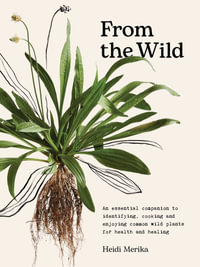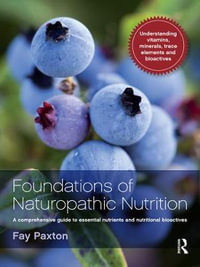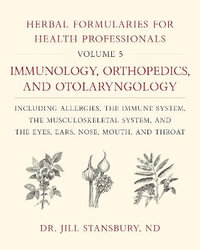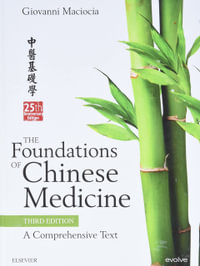
Phytochemistry of Withania somnifera
By: Brijesh Kumar, Vikas Bajpai, Vikaskumar Gond, Surabhi Tiwari, K. P. Madhusudanan
Hardcover | 25 November 2021
At a Glance
Hardcover
RRP $105.00
$80.75
23%OFF
Aims to ship in 7 to 10 business days
ISBN: 9781032030197
ISBN-10: 1032030194
Series: Phytochemical Investigations of Medicinal Plants
Published: 25th November 2021
Format: Hardcover
Language: English
Number of Pages: 76
Audience: Professional and Scholarly
Publisher: Taylor & Francis Ltd
Country of Publication: GB
Dimensions (cm): 21.6 x 13.8 x 1.27
Weight (kg): 0.22
Shipping
| Standard Shipping | Express Shipping | |
|---|---|---|
| Metro postcodes: | $9.99 | $14.95 |
| Regional postcodes: | $9.99 | $14.95 |
| Rural postcodes: | $9.99 | $14.95 |
How to return your order
At Booktopia, we offer hassle-free returns in accordance with our returns policy. If you wish to return an item, please get in touch with Booktopia Customer Care.
Additional postage charges may be applicable.
Defective items
If there is a problem with any of the items received for your order then the Booktopia Customer Care team is ready to assist you.
For more info please visit our Help Centre.
You Can Find This Book In
This product is categorised by
- Non-FictionEngineering & TechnologyIndustrial Chemistry & Manufacturing TechnologiesIndustrial ChemistryPharmaceutical Technology
- Non-FictionMedicineComplementary Medicine
- Non-FictionScienceChemistry
- Non-FictionMind, Body, SpiritComplementary Therapies, Healing & HealthTraditional Medicine & Herbal Remedies























